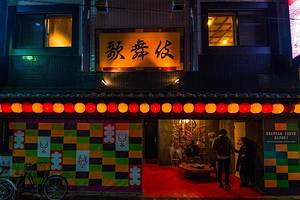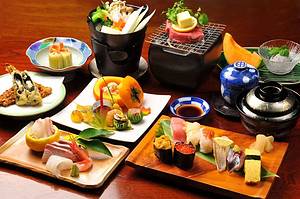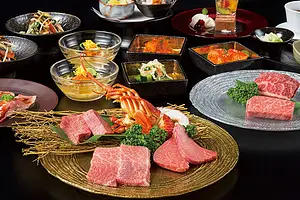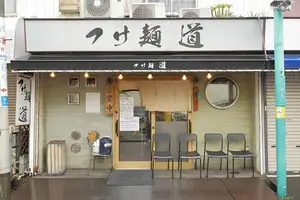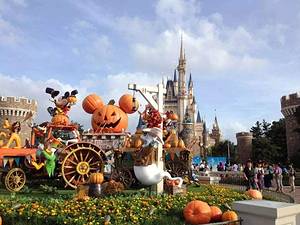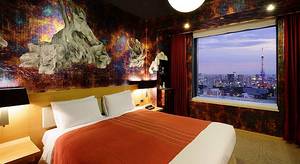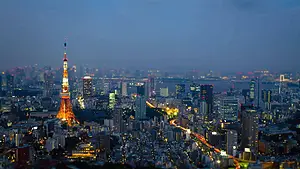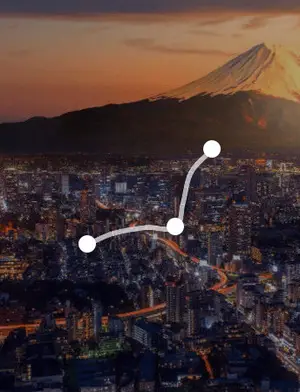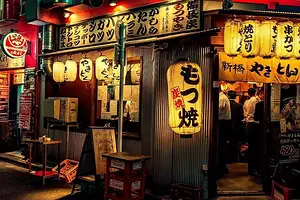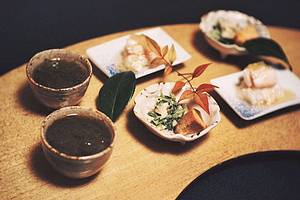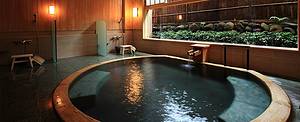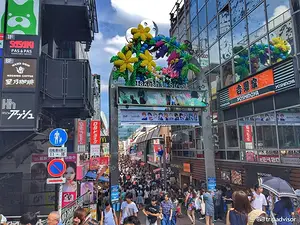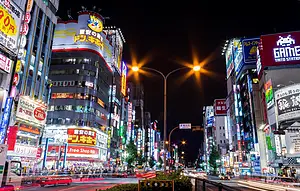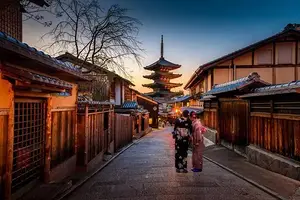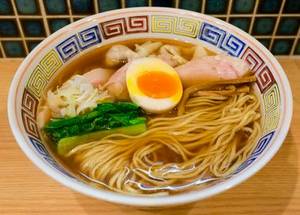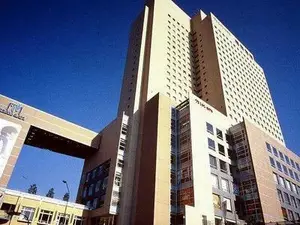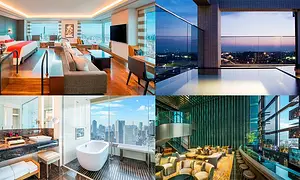Tokyo Imperial Palace, A serene oasis amidst Tokyo's skyscrapers
Chiyoda-ku, Chiyoda 1-1, Tokyo, Japan
 The environment is especially good
The environment is especially goodIntroduction
Address
Chiyoda-ku, Chiyoda 1-1, Tokyo, Japan
Opening hours
Imperial Palace Outer Garden is open all day.
Imperial Palace East Garden opening hours:
March 1st to April 14th 9:00-16:30
April 15th to the end of August 9:00-17:00
September 1st to the end of October 9:00-16:30
November 1st to the end of February the following year 9:00-16:00
The entrance will be closed 30 minutes before the closure of the Imperial Palace East Garden.
Imperial Palace East Garden opening hours:
March 1st to April 14th 9:00-16:30
April 15th to the end of August 9:00-17:00
September 1st to the end of October 9:00-16:30
November 1st to the end of February the following year 9:00-16:00
The entrance will be closed 30 minutes before the closure of the Imperial Palace East Garden.
Transportation
"Walk 15 minutes from the Marunouchi Central Entrance of Tokyo Station on all JR lines. Walk 5 minutes from exit C13A of Otemachi Station on all subway lines. Walk 10 minutes from exit 6 of Nijubashi-mae Station on the Chiyoda subway line."
Phone +81-3-3213-1111
